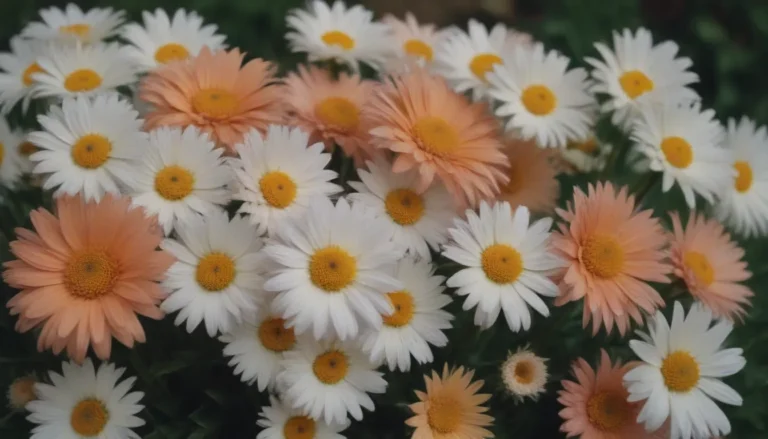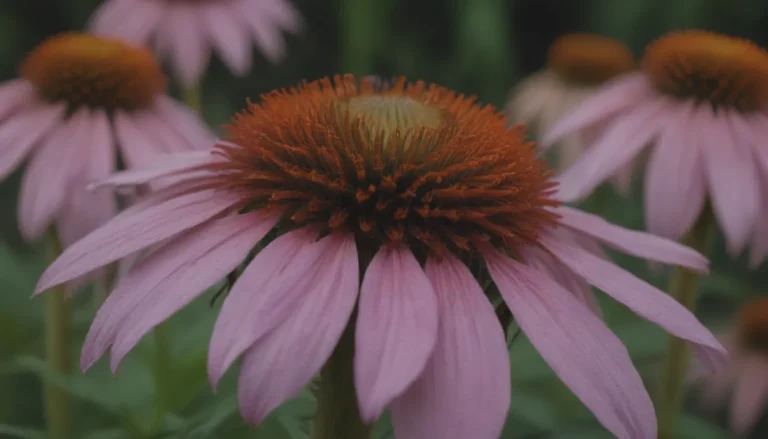Understanding Black Spots on Your Phalaenopsis Orchid Leaves

If you’ve noticed black spots on your Phalaenopsis orchid leaves, it’s essential to take action and address the issue promptly. These black spots are often a sign of black rot or other fungal infections, but don’t panic just yet – with the right treatment, your orchid can make a full recovery.
Identifying the Problem
The first step in dealing with those pesky black spots is to diagnose the problem accurately. While some Phalaenopsis orchids have naturally mottled leaves, black spots can also indicate a bacterial or fungal disease. Bacterial leaf spot and fungal disorders are common among orchids, and if left untreated, they can wreak havoc on your beloved plant.
Understanding Black Rot on Orchids
Black rot is a fungal disease that primarily targets the roots of orchids. It poses a significant threat to your orchid, especially during periods of prolonged rain or damp weather. Caused by fungi like Pythium ultimum and Phytophthora cactorum, black rot can swiftly spread throughout your plant if not addressed promptly.
Recognizing Symptoms
If your orchid is suffering from black rot, you’ll notice dark, blackish spots or lesions on the affected plant parts. These spots will grow rapidly and can spread throughout the entire plant, leading to severe damage. Leaves near the infected area may turn yellow, and the lesions themselves will be soft and watery when pressed.
Preventing Black Rot
Prevention is key to safeguarding your orchid from black rot. Here are some tips to help prevent this fungal disease:
– Use sterilized pots, media, and water sources to avoid spreading the fungus.
– Keep your orchids elevated to prevent splash contamination.
– Ensure good air circulation around the plants.
– Segregate infected plants to prevent spreading the disease to healthy ones.
Treating Black Spots on Orchids
If your orchid is already showing signs of black spots or black rot, don’t worry – there are ways to treat it effectively.
Cut Out the Rot
To stop the spread of black rot, start by using a sterile knife to cut out the diseased portion of the plant. Remove the infected parts of the leaf or the entire leaf if needed to prevent the fungus from reaching the crown. Place the plant in a well-ventilated area to allow the cut to dry.
Use a Fungicide
After removing the infected parts, apply a fungicide to protect the healthy tissue. You can use cinnamon as a natural fungicide by either sprinkling ground cinnamon directly on the exposed area or creating a paste with cinnamon and glue or cooking oil. Drenching the plant with a fungicide like Truban or Terrazole is also recommended for early diagnosis, while systemic fungicides are more effective for advanced cases.
Homemade Fungicide
If you prefer a DIY approach, you can create a mild fungicide at home using cinnamon. Simply steep cinnamon sticks in hot water overnight, remove the sticks to make cinnamon tea, and water your orchid with this solution to combat the fungus effectively.
By following these treatment methods and prevention tips, you can effectively manage and overcome black spots and black rot on your Phalaenopsis orchid leaves. Remember, early detection and prompt action are essential in ensuring the health and longevity of your beloved orchid.
In conclusion, black spots on Phalaenopsis orchid leaves can be concerning, but with the right knowledge and treatment, you can help your plant recover and thrive. Stay vigilant, provide proper care, and your orchid will continue to delight you with its beautiful blooms.





